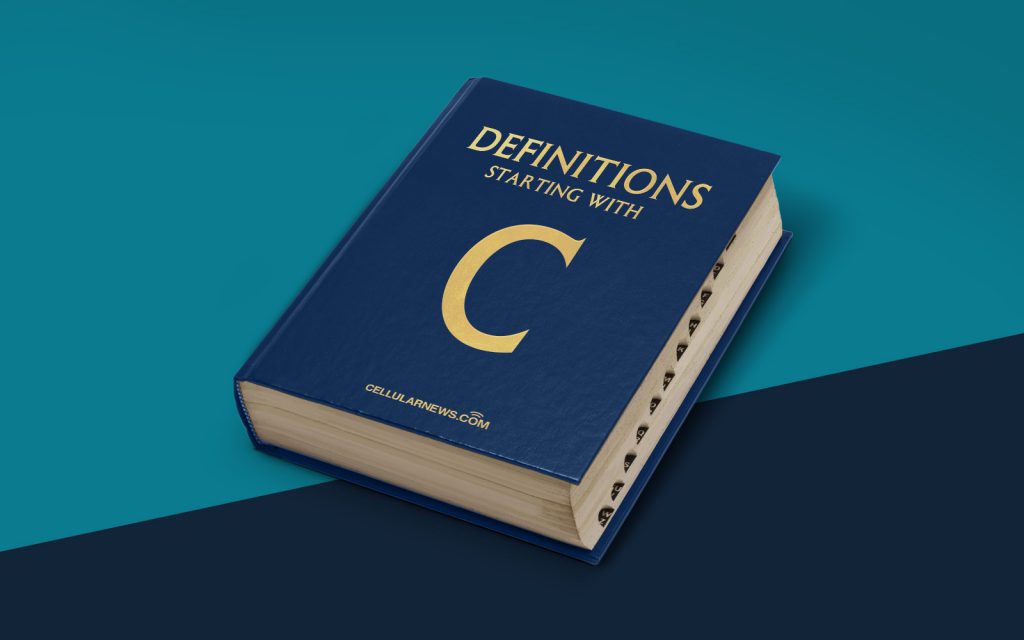
What are Cascading Style Sheets, Level 1 (CSS1)?
Disclaimer: Before we begin explaining CSS1, let’s address a question that might be on your mind: What in the world is CSS?
Well, my friend, CSS stands for Cascading Style Sheets, and it’s an integral part of website design. CSS determines how web pages are presented to users, including the layout, colors, fonts, and other visual elements.
Now that we’ve covered the basics let’s dive into the world of CSS1. CSS1, also known as Cascading Style Sheets, Level 1, is the first official version of CSS released by the World Wide Web Consortium (W3C) in 1996. It laid the foundation for modern web design by introducing a standardized way to style web pages.
Key Takeaways:
- CSS1 is the first version of Cascading Style Sheets, released in 1996.
- It introduced a standardized way to style web pages.
So what exactly did CSS1 bring to the table? Let’s take a closer look:
1. Formatting Control:
CSS1 provided developers with an extensive set of properties and values to control the appearance of web documents. With CSS1, designers gained the ability to define styles for elements such as fonts, colors, margins, borders, and backgrounds. It allowed for precise control over the layout and presentation of web content.
2. Separation of Structure and Presentation:
One of the key benefits of CSS1 was its ability to separate the structure of a webpage from its presentation. Prior to CSS1, developers had to use HTML tags to define both the structure and presentation of a webpage. CSS1 introduced the concept of separating the two, allowing for cleaner and more maintainable code. This separation made it easier to apply consistent styling across multiple pages, enhancing the efficiency of website development and maintenance.
Although CSS1 may seem outdated in today’s fast-paced technological landscape, it laid the groundwork for subsequent versions of CSS, including CSS2, CSS3, and the latest CSS Grid and Flexbox modules.
In conclusion, CSS1 marked a turning point in web design by introducing a standardized way to control the appearance of web pages. Its formatting control and separation of structure and presentation paved the way for modern CSS techniques. So next time you encounter CSS on your web journey, remember the legacy of CSS1 and its role in shaping the web as we know it today.
